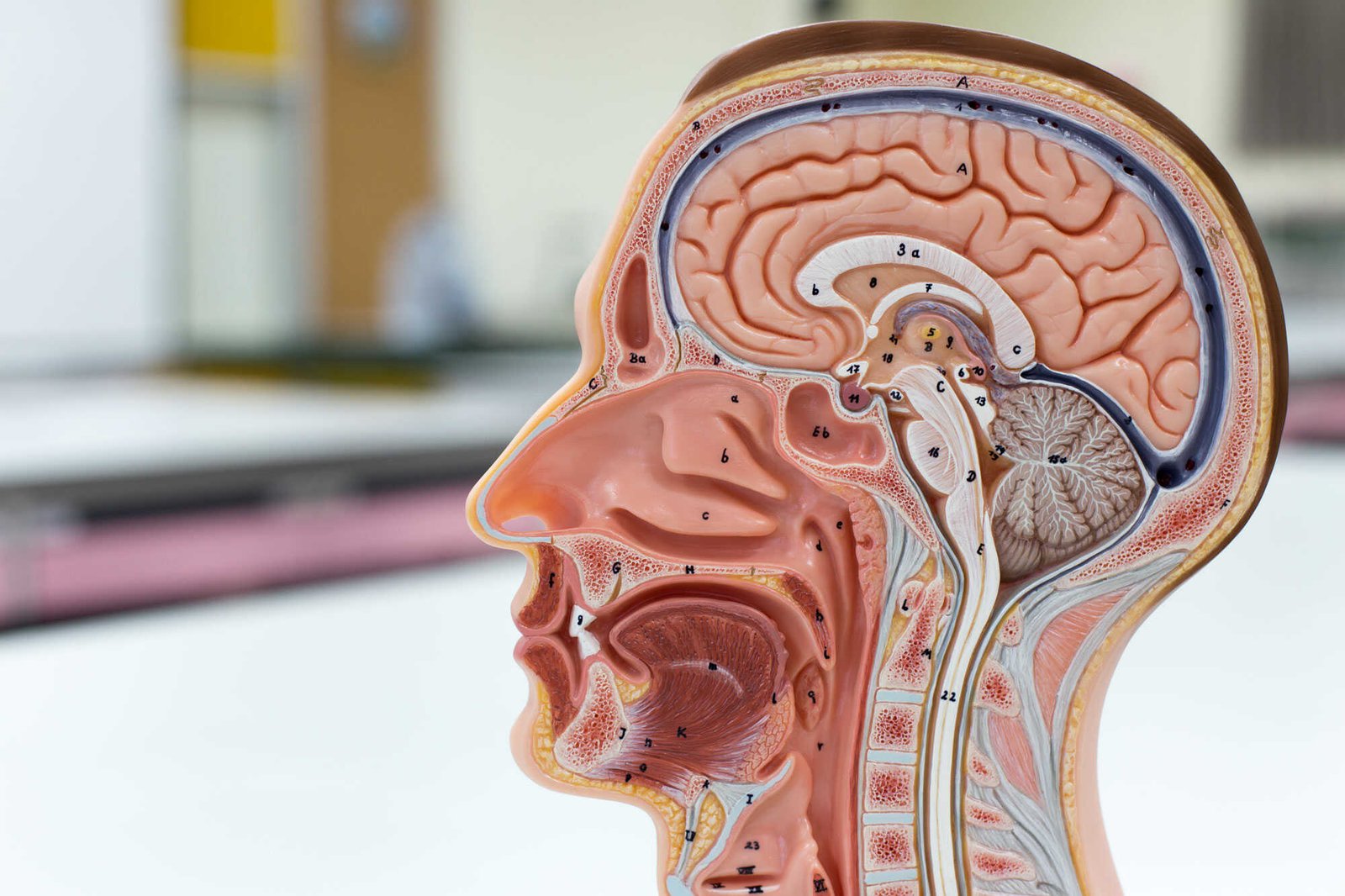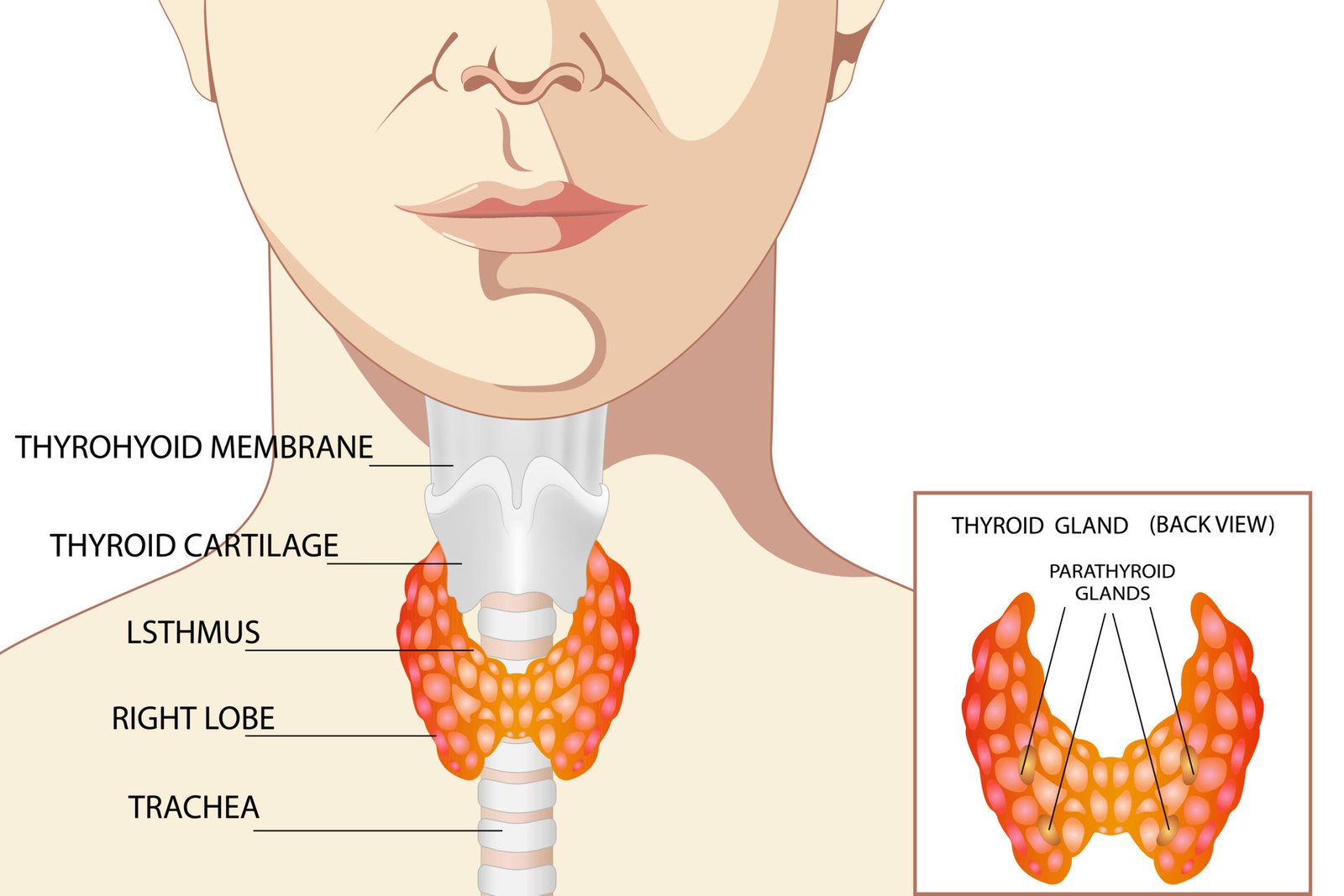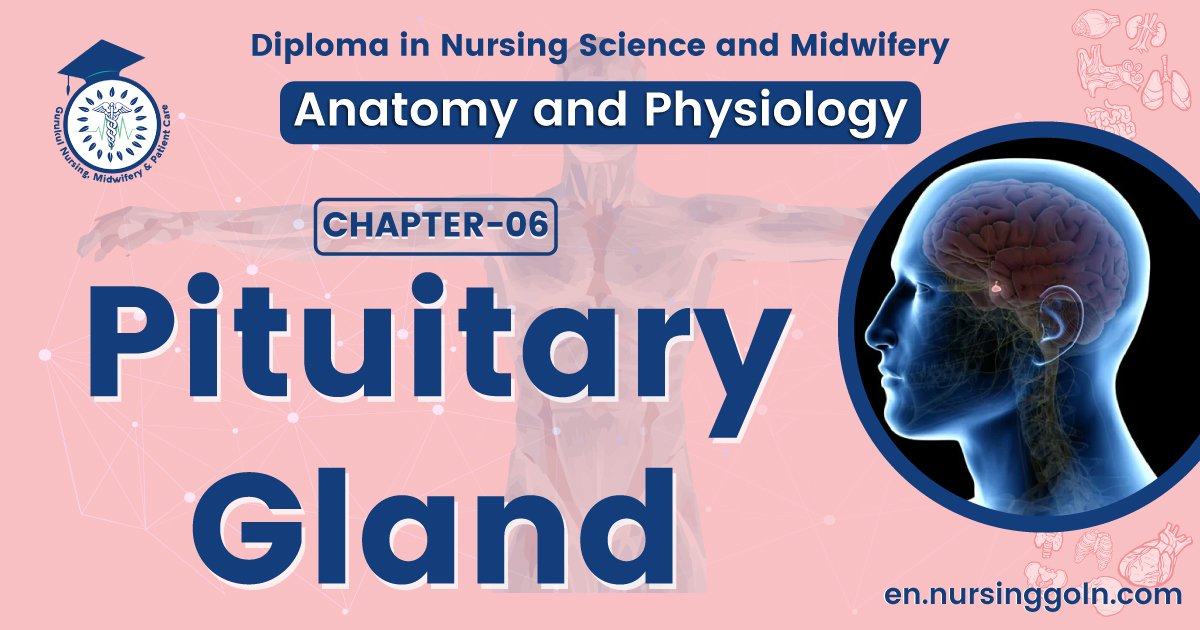Pituitary gland- The course is designed for the basic understanding of anatomical structures and physiological functions of human body, musculoskeletal system, digestive system, respiratory system; cardiovascular system; urinary system, endocrine system, reproductive system, nervous system, hematologic system, sensory organs, integumentary system, and immune system.The aim of the course is to acquire knowledge and skills regarding anatomy and physiology.
Pituitary gland

The pituitary gland, is located on theinferior aspect of the brain in the region of the diencephalon. Roughly the size of a pea-about 1.3 cm (0.5 in.)in diameter and weight about 500 mg; it is attached to the hypothalamus by a stalk like structure called the infundibulum (See the figure# 6.2)
The pituitary gland is about the size of a small grape andhas two lobes a larger anterior pituitary or anterior lobe and a smaller posterior pituitary or posterior lobe. Bothlobes of the pituitary gland rest in the hypophyseal fossa, a cupshapeddepression in the sphenoid bone.
Some common hormones of Pituitary gland
| Hormones of anterior pituitary gland | Hormones of posterior pituitary gland |
|
|

Thyroid gland
The butterfly-shaped thyroid gland is located just below the larynx (voice box). It is composed of right and left lobes, one on either side of the trachea. (See the figure # 6.4).
Microscopic spherical sacs called thyroid follicles make up most of the thyroid gland. The wall of each thyroid follicle consists primarily of cells called follicularcells, which produce two hormones: thyroxine, also called T4 because it contains four atoms of iodine, and tri-iodothyronine (T3), which contains three atoms of iodine. T3 and T4 are also known as thyroid hormones.
The central cavity of each thyroid follicle contains stored thyroid hormones. As T4 circulates in the blood and enters cells throughout the body, most of it is converted to T3 by removal of one iodine atom.

Functions of thyroid hormones
Thyroid hormones are needed for proper growth and development and which are primarily responsible for determining the basal metabolic rate (BMR). The parathyroid glands secrete parathyroid hormone, which helps to raise the blood Ca concentration.
(Ref:J. TORTORA, 8 edition, P-332-333 Stuart Ira Fox, 12th ed. P-337-338)
Hypoglycemia and Hyperglycemia
| Feature | Hypothyroid | Hyperthyroid |
| Growth and development | Impaired growth | Accelerated growth |
| Activity and sleep | Lethargy; increased sleep | Increased activity, decreased sleep |
| Temperature tolerance | Intolerance to cold | Intolerance to hear |
| Skin characteristics | Coarse, dry skin | Normal skin |
| Perspiration | Absent | Excessive |
| Pulse | Slow | Rapid |
| Gastrointestinal symptoms | Constipation decreased appetite, increased weight | Frequent bowel movements, increased appetite,decreased weight |
| Reflexes | Slow | Rapid |
| Psychological aspects | Depression and apathy | Nervous, “emotional state |
| Plasma T4 levels | Decreased | Increased |
Read more:
